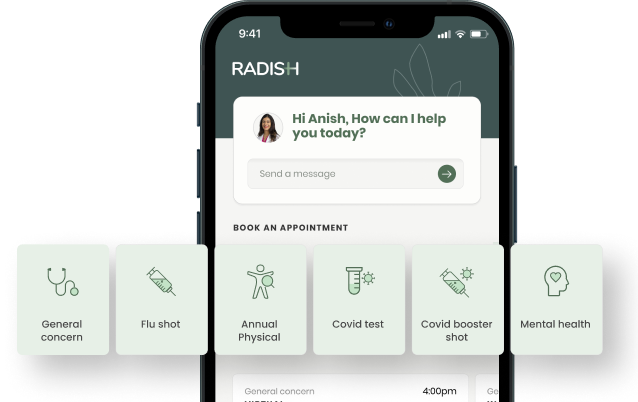UTIs: Diagnosing, Treating, and Preventing

Dr. Jason Sellers
Urinary tract infections (UTIs) are very common and infect millions of women each year. Learn how to diagnose, treat, and prevent UTIs and save yourself a lot of pain.

Urinary tract infections, commonly known as UTIs, are bacterial infections that affect the bladder, kidneys, or urethra. They’re often painful without resolution and affect women much more than men. Thankfully, they can be easily treated with antibiotics and prevention strategies are manageable.
Let’s walk through what causes UTIs, how to diagnose one, and treatment and prevention.
What causes UTIs?
UTIs affect the different parts of the urinary system, the organs used to eliminate liquid waste: the bladder, kidneys, urethra, and ureter. Urine is created in the kidneys when they filter our blood for waste, which then passes through the ureters to the bladder. There it waits until we have the urge to urinate and pass it through the urethra.
A UTI happens whenever bacteria invade one or more parts of this system and cause an infection. They usually occur in the bladder or the urethra, but more serious infections can spread to the kidneys and cause great pain and complications.
Due to the differences in anatomical structure, women experience UTIs far more than men, up to thirty times more often.
How do I know that I have a UTI?
UTIs affecting the urethra and bladder are typically marked by a pain or burning sensation during urination and a strong, frequent urge to urinate, often suddenly. Other symptoms include pain or discomfort in the pelvic area around the bladder and urine that is bloody, cloudy, or smelly.
Symptoms of a kidney infection are typically more severe and can include:
- Fever or chills
- Pain in the middle back on either side (or both)
- Nausea or vomiting
- Excessive fatigue
While men can get a UTI, it is far less common than it is for women. Men presenting symptoms would likely need tested for other causes of the symptoms, such as sexually transmitted infections or prostatitis, which is an inflammation of the prostate.
Generally, your doctor should be able to diagnose a UTI over a conversation, but a urine test might be required in some cases.
How do I treat and prevent UTIs?
As mentioned earlier, you can treat UTIs with antibiotics, killing the bacteria that are the source of the infection. Bladder infections can be handled with several kinds of antibiotics and typically resolve in 3 to 7 days.
However, kidney infections sometimes require longer courses of antibiotics, lasting up to 2 weeks. Severe cases may also need hospitalization to monitor the situation.
What’s important for treatment is that patients finish the full prescription, even if symptoms start improving after the first couple days. Ending the medication early could enable the infection to return. Also, patients should not take over-the-counter medications in lieu of seeking or taking antibiotics. Symptom relief can come by numbing the infected areas, but the root cause won’t be solved without antibiotics.

One of the best methods for preventing a UTI is to stay hydrated. Drinking fluids can keep urine more diluted and moving through your body, so it’s harder for bacteria to stick around and accumulate to start an infection.
For women who are post-menopausal, using vaginal estrogen may help with preventing recurring bladder infections. Additionally, the use of spermicides can increase the risk of bladder infections, so they should be avoided to prevent UTIs.
Urinating after sexual intercourse may help with flushing germs away, but there’s no proof that this method works. A popular recommendation is to drink cranberry juice and some supplements are marketed to help prevent UTIs, but these prevention tactics have very little evidence to back up the claims.
UTIs are not fun to deal with, but it’s important to speak to your doctor about them if you’re feeling symptoms.
If you worry you may have a UTI, experience the symptoms, or have questions about preventing one in the future, please feel free to book an appointment with a Radish provider anytime and we’ll get you all fixed up.
Request a Free Demo
Learn how Radish Health can help you improve employee health and save on healthcare.
Request a Demo